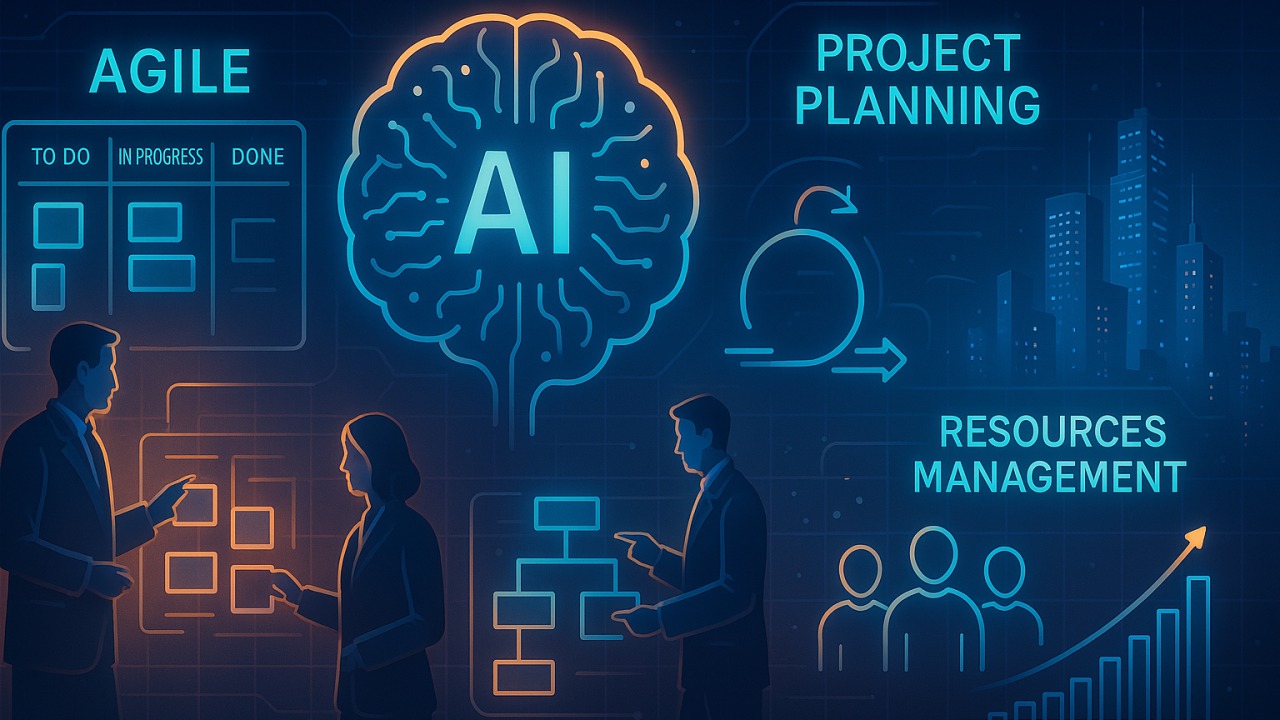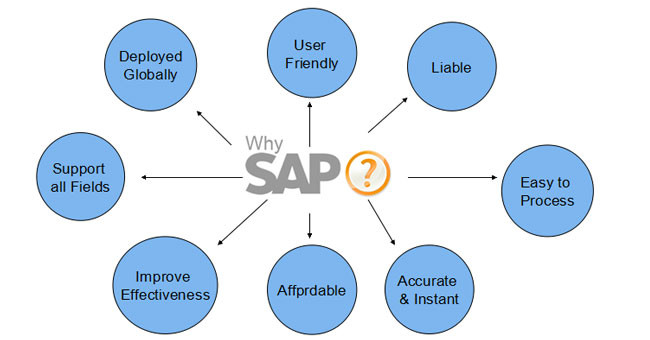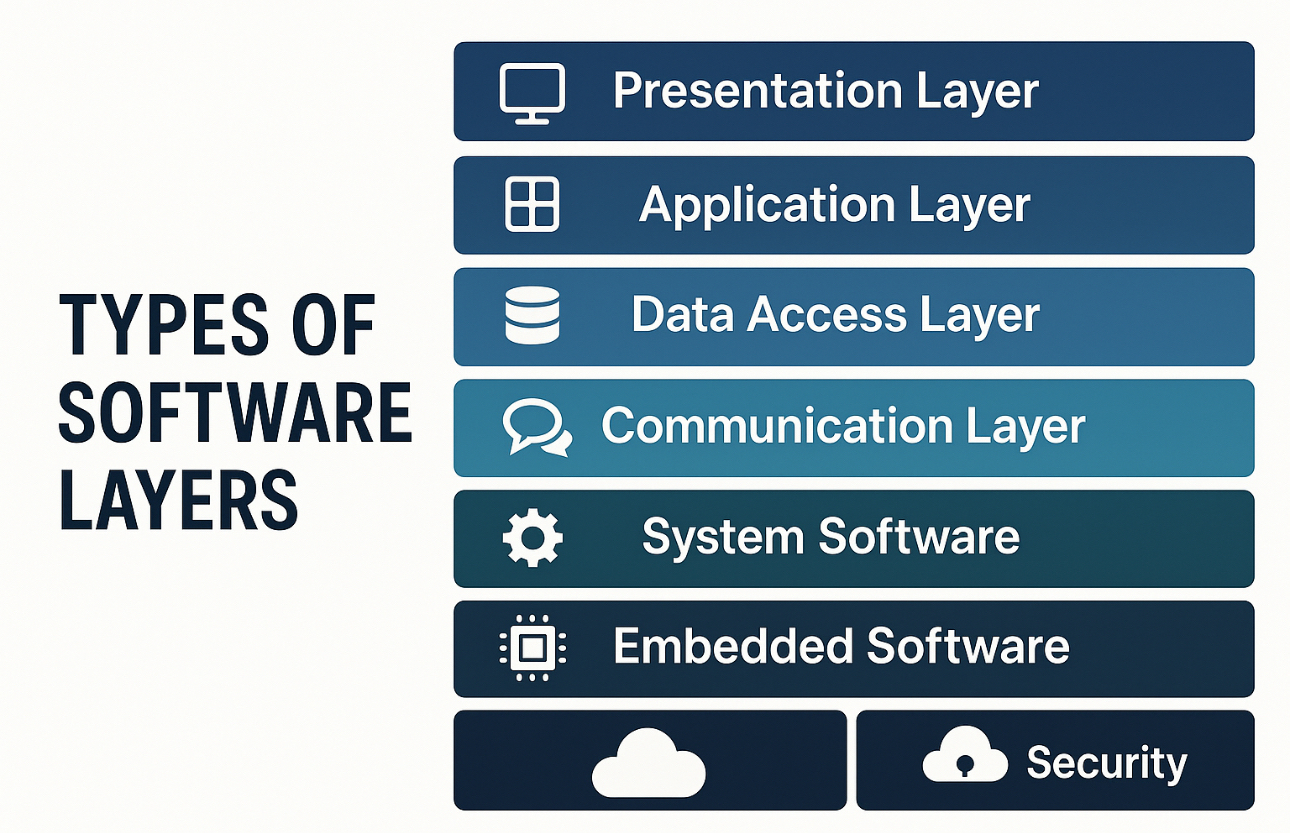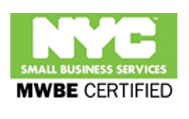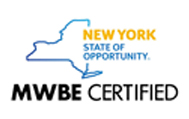
Introduction
In today’s digital-first world, User Experience (UX) design is more than just a buzzword—it’s a critical component of every successful product. Whether it’s a mobile app, website, or software interface, UX design focuses on creating intuitive, efficient, and delightful interactions for users. Let’s dive into the foundations, methodologies, and emerging trends that are redefining how we design for the modern user.
Core Principles of UX Design
Great UX is intentional. These timeless principles form the backbone of any successful design strategy:
- User-Centric Thinking
Place the user at the center of every decision. This means researching their needs, motivations, and behaviors to design experiences that feel natural and intuitive. - Consistency
From typography to navigation, consistent design creates familiarity, reduces cognitive load, and makes products easier to use. - Accessibility
Design should empower everyone. Accessibility means accommodating users with different abilities, devices, or environments—often guided by standards like WCAG. - Simplicity
Less is often more. Stripping away unnecessary complexity helps users achieve their goals faster—whether it's signing up, making a purchase, or finding information. - Effective Feedback
Users should always know what’s happening. Visual cues (like loading indicators or success messages) and responsive interactions ensure users feel in control.
The UX Design Process
A solid UX process creates a structured path from idea to implementation. Here’s how successful teams bring products to life:
- Research & Empathy Mapping
Start by conducting qualitative and quantitative research—user interviews, surveys, analytics, etc. Then, build personas and empathy maps to visualize user goals, frustrations, and decision-making patterns. - Wireframes & Prototypes
Use low-fidelity wireframes to sketch ideas quickly. Then move into interactive prototypes with tools like Figma to simulate functionality and gather early feedback. - User Testing
Test with real users in context. Observe behavior, gather insights, and identify friction points. Usability testing ensures the design aligns with user expectations before development begins. - UI Design & Implementation
Translate the experience into a polished interface. Choose typography, color palettes, and layout systems that reflect the brand while maximizing usability. - Iterate & Optimize
UX doesn’t stop at launch. Use analytics to monitor performance, then iterate to improve flow, performance, and engagement.
Top Trends Shaping the Future of UX Design
UX is rapidly evolving to meet changing user demands and technological advancements:
- AI-Driven Personalization – Use data and machine learning to offer tailored experiences.
- Voice & Conversational UI – Build more natural, hands-free interactions.
- Micro-interactions & Motion Design – Add delight through subtle animations.
- Dark Mode & Visual Minimalism – Prioritize aesthetics with user comfort in mind.
- Immersive AR/VR Interfaces – Create engaging, spatial user journeys beyond screens.
Conclusion
At its core, UX design is about crafting meaningful connections between users and digital products. By mastering foundational principles, embracing user feedback, and staying ahead of design trends, UX professionals can create experiences that are not only functional but truly memorable. In a world where user expectations continue to rise, staying thoughtful, adaptable, and user-focused is the ultimate key to success.
Post a comment Cancel reply
Related Posts
Empowering Business Analysts: How AI is Revolutionizing Agile Practices
In today's fast-paced digital landscape, Agile methodologies are no longer optional— they're essential for organizations…
What is SAP? How does it work?
The full form of "SAP" is “Systems Applications and Products in Data Processing” which is…
Optimizing React Performance: An Advanced Guide for Scalable Applications
In today’s fast-paced digital ecosystem, software systems have become the backbone of every enterprise’s technological…
Types of Software Layers
In today’s fast-paced digital ecosystem, software systems have become the backbone of every enterprise’s technological…

